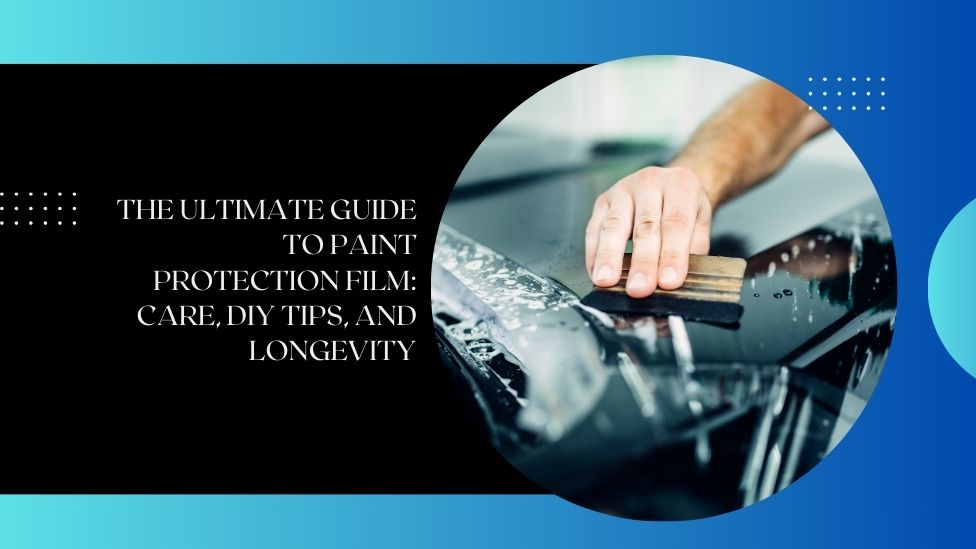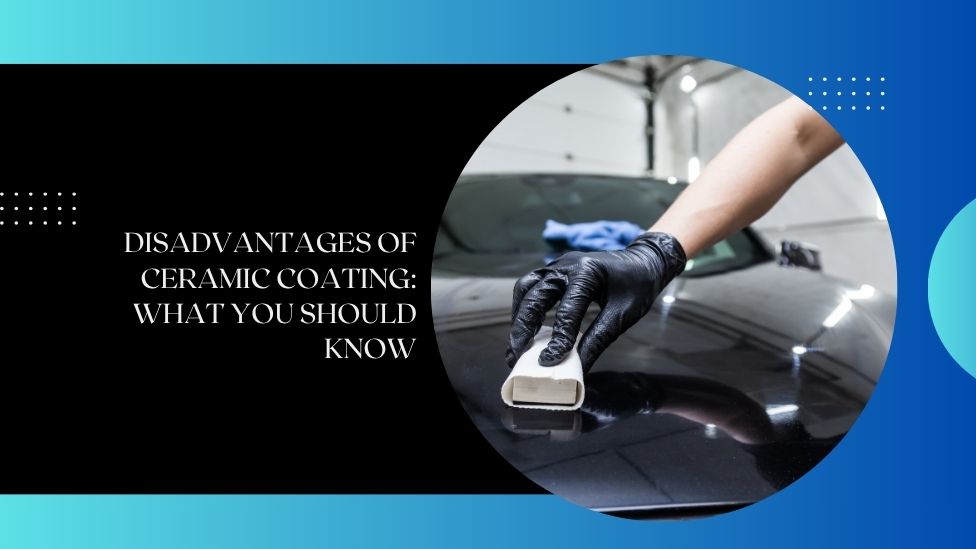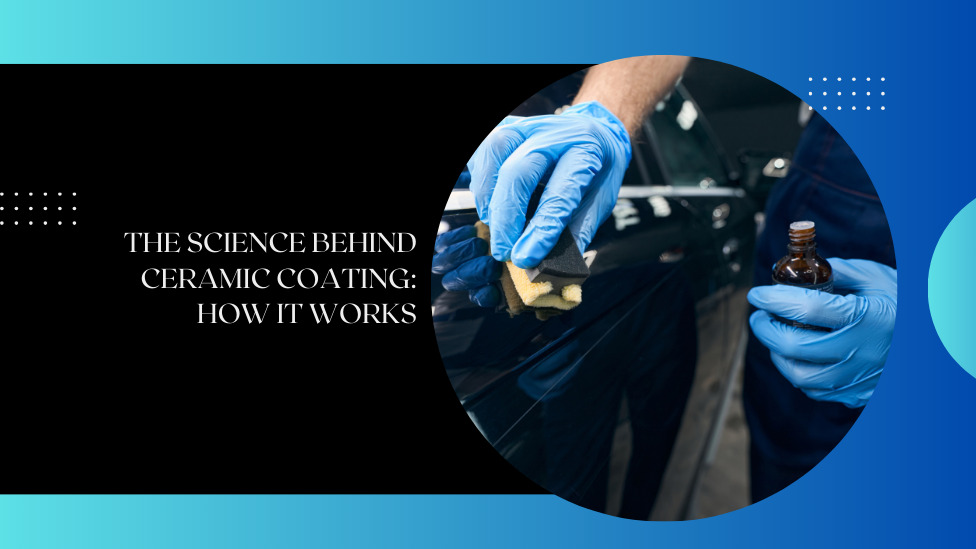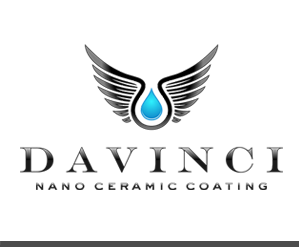Introduction
Paint Protection Film (PPF) is a must-have for car enthusiasts and everyday drivers alike. This transparent, durable film shields your vehicle’s paint from scratches, rock chips, UV rays, and environmental damage. But how do you maintain it? Can you install it yourself? And how long does paint protection film last?
In this comprehensive guide, we’ll cover everything you need to know about PPF, including how to clean paint protection film, DIY paint protection film installation tips, and expert advice to maximize its lifespan.
What Is Paint Protection Film?
Paint Protection Film is a thermoplastic urethane layer applied to a vehicle’s exterior to preserve its paint. Originally developed for military use, PPF has become a popular automotive accessory due to its self-healing properties and resistance to:
- Rock chips
- Scratches
- Bug splatter
- UV oxidation
- Chemical stains
Types of Paint Protection Film
- Clear Bra PPF – Traditional, high-gloss finish.
- Matte PPF – Provides a satin look while protecting the paint.
- Self-Healing PPF – Minor scratches disappear with heat (sunlight or warm water).
- Ceramic-Coated PPF – Enhanced hydrophobic properties for easier cleaning.
How Long Does Paint Protection Film Last?
One of the most common questions is, “How long does paint protection film last?” The answer depends on:
Factors Affecting PPF Lifespan
- Quality of Film – Premium brands (like XPEL, 3M, SunTek) last 5-10 years.
- Installation – Professional application ensures longevity.
- Climate – Extreme heat or cold may degrade PPF faster.
- Maintenance – Proper cleaning extends its life.
Signs Your PPF Needs Replacement
- Yellowing or discoloration
- Peeling edges
- Loss of self-healing properties
- Visible scratches that don’t fade
How to Clean Paint Protection Film
Proper maintenance is key to keeping your PPF looking new. Here’s how to clean paint protection film effectively:
Step-by-Step Cleaning Guide
- Rinse First – Use a pressure washer (low setting) or hose to remove loose dirt.
- Use a pH-Neutral Soap – Avoid harsh detergents that can damage the film.
- Hand Wash with a Microfiber Mitt – Prevents swirl marks.
- Rinse Thoroughly – Ensure no soap residue remains.
- Dry with a Soft Towel – Prevents water spots.
What NOT to Do
- ❌ Don’t use wax or polish (unless specified for PPF).
- ❌ Avoid abrasive brushes or sponges.
- ❌ Never use ammonia-based cleaners.
Recommended PPF Cleaning Products
- CarPro Elixir (Quick Detailer)
- Gyeon Q²M PPF Cleaner
- Chemical Guys Meticulous Matte Auto Wash (For matte PPF)
DIY Paint Protection Film: Can You Install It Yourself?
Thinking about a DIY paint protection film project? Here’s what you need to know:
Pros of DIY PPF Installation
- Cost Savings – Professional installation can cost
- 500−
- 500−5,000; DIY kits start at $100.
- Custom Fit – Some kits allow trimming for specific areas (hood, fenders).
Cons of DIY PPF Installation
- Steep Learning Curve – Bubbles, wrinkles, and misalignment are common.
- Time-Consuming – Requires patience and precision.
- Risk of Damage – Improper application can trap dirt or peel prematurely.
Best DIY PPF Kits
- 3M Scotchgard Pro Series – Pre-cut kits for popular models.
- XPEL Ultimate Plus DIY Kit – Includes squeegee and solution.
- Avery Dennison Nano Fusion – Self-healing properties.
Step-by-Step DIY Installation Tips
- Clean the Surface – Use isopropyl alcohol to remove contaminants.
- Use a Spray Solution – Mix water with a few drops of baby shampoo for slip.
- Apply Film Slowly – Start from one edge, squeegee out air bubbles.
- Trim Excess Carefully – Use a sharp razor blade.
- Let It Cure – Avoid washing for 48 hours.
Professional vs. DIY PPF: Which Is Better?
| Factor | Professional Installation | DIY Installation |
| Cost | $$$ | $ |
| Quality | Flawless finish | Risk of imperfections |
| Warranty | Yes (5-10 years) | Limited/None |
| Time | 1-2 days | Several hours |
Best For:
- Professionals – Luxury cars, full-body coverage.
- DIY – Small sections (headlights, mirrors), budget-conscious owners.
Extending the Life of Your Paint Protection Film
Follow these tips to maximize durability:
✔ Wash Regularly – Prevents buildup of contaminants.
✔ Park in Shade – Reduces UV exposure.
✔ Use PPF Sealant – Enhances hydrophobic properties.
✔ Avoid Automatic Car Washes – Brushes can damage the film.
Conclusion
Paint Protection Film is an excellent investment to keep your car looking pristine. Whether you’re learning how to clean paint protection film, considering a DIY paint protection film install, or researching how long does paint protection film last, proper care and high-quality materials make all the difference.
For best results, weigh the pros and cons of DIY vs. professional installation and follow maintenance best practices. Your car’s paint will thank you!
FAQs
Q: Can you wax paint protection film?
A: Only use PPF-specific sealants; traditional wax can cause hazing.
Q: Does PPF prevent all scratches?
A: It resists minor scratches but won’t stop deep gouges.
Q: How often should I clean PPF?
A: Wash every 2 weeks for optimal protection.





